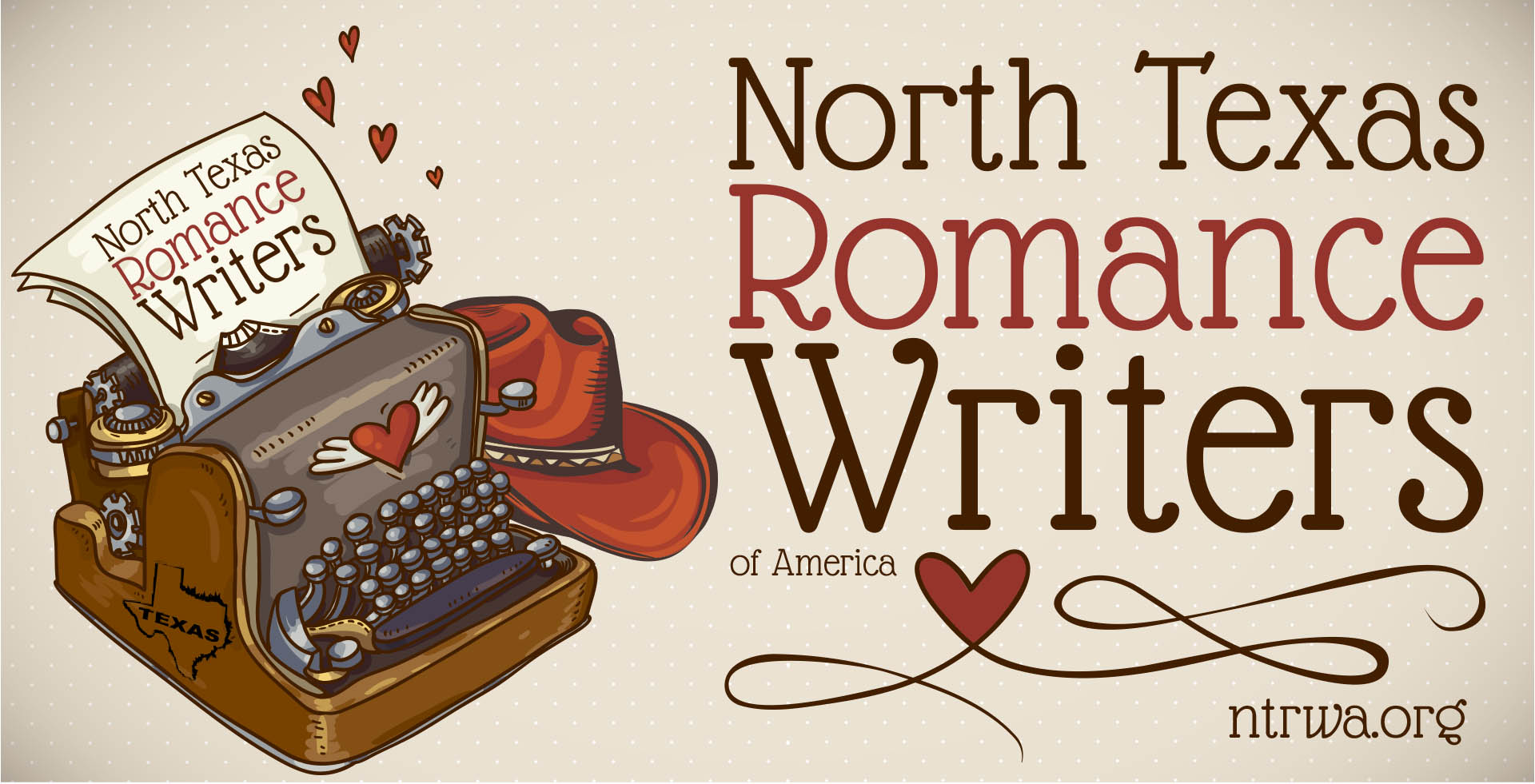POV Shifts
TOPIC: POV SHIFTS
There are several ways to switch points of view in a scene.
QUESTION: Can it be pointed out to the judges that a scene break or blank line or ### is NOT required with each POV shift?
ANSWER: Blank lines are not required with a POV shift.
If they aren’t used, we refer to that as a transition.
IF a blank line, * or # is used for the POV shift, there’s nothing wrong with this style either.
POV SHIFTS for scoring purposes
If the POV changing (or lack of changing) is distracting you as a reader then there’s a problem. Many times as a judge I explain to the contestant that I’m not a POV purist, but “head hopping” is not simple POV shifting. “Head hopping” doesn’t allow the reader time to invest enough emotion with one character before shifting to another POV. It’s the author’s goal to get me to connect with the story’s characters. If I’m not in the character’s POV long enough to connect…then the POV shifting is not working.
IDENTIFIERS that might indicate a POV problem
Does the Point of View shift every couple of paragraphs?
There’s no rule that says a writer can’t do this. (I love to use this tool in a love scene.)
–BUT, does it jar you from the story?
–DOES it keep you from investing emotion into the characters?
–DOES it have you wondering whose POV you’re reading?
As always, if you have questions relating specifically to an entry, contact [email protected].
~ ~ ~
Most of the opinions on judging and interpreting the questions’ intent are my own words. I’ve been in the business over 15 years and have spoken to many authors, gathering information. A lot of the time when a question is asked, I go to authors who publish in that genre for advice. Please use your own expertise and experience, but keep our humble interpretations in mind.
~Thanks, Angi Morgan
Contributions and edits by Fenley Grant
POINTS OF VIEW IN WRITING ~ AIMS Community College Writing Lab
The Basics of Point of View for Fiction Writers ~ Joseph Bates
Why Head-Hopping Hurts Your Writing And How To Avoid It by Paige Duke
How to avoid Viewpoint slips by Marg McAllister
